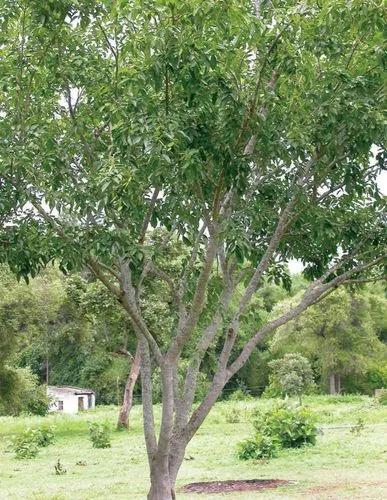White mustard (Sinapis alba) is an annual plant of the family Brassicaceae. It is sometimes also referred to as Brassica alba or B. hirta. Grown for its seeds, used to make the condiment mustard, as fodder crop, or as a green manure, it is now widespread worldwide, although it probably originated in the Mediterranean region.
White Mustard Care
Sinapis alba



White mustard is an annual, growing to 70 cm high with stalkless pinnate leaves, similar to Sinapis arvensis.The yellow flowers of the plant produce glabrous or sparsely bristled siliquae. Each fruit (silique) contains roughly a half dozen seeds. The plants are harvested for their seeds just prior to the siliquae becoming ripe and dehiscing.
White mustard seeds are hard spheroid seeds, usually around 1.0 to 1.5 mm (0.039 to 0.059 in) in diameter, with a color ranging from beige or yellow to light brown. They can be used whole for pickling or toasted for use in dishes. When ground and mixed with other ingredients, a paste or more standard condiment can be produced. Sinapis alba is used to make the commonplace yellow table mustard, with additional yellow coloring provided by turmeric in some formulations.
The seeds contain sinalbin, which is a thioglycoside responsible for their pungent taste. White mustard has fewer volatile oils and the flavor is considered to be milder than that produced by black mustard seeds.
This plant is useful.
How to get rid of: The optimum cover crop residue management for weed control was to leave mulch. This management was especially efficient for controlling prostrate pigweed, whether no differences were found for common lambsquarters control when the residues were incorporated into the soil with tillage. These results indicate the great ability of S. alba subsp. mairei cover crop residues to provide summer weed control in rainfed field conditions. Its use, therefore, can contribute to the reduction of the number of herbicide treatments in olive groves.
How to Care for the Plant

Popularity

345 people already have this plant 50 people have added this plant to their wishlists
Discover more plants with the list below
Related articles






